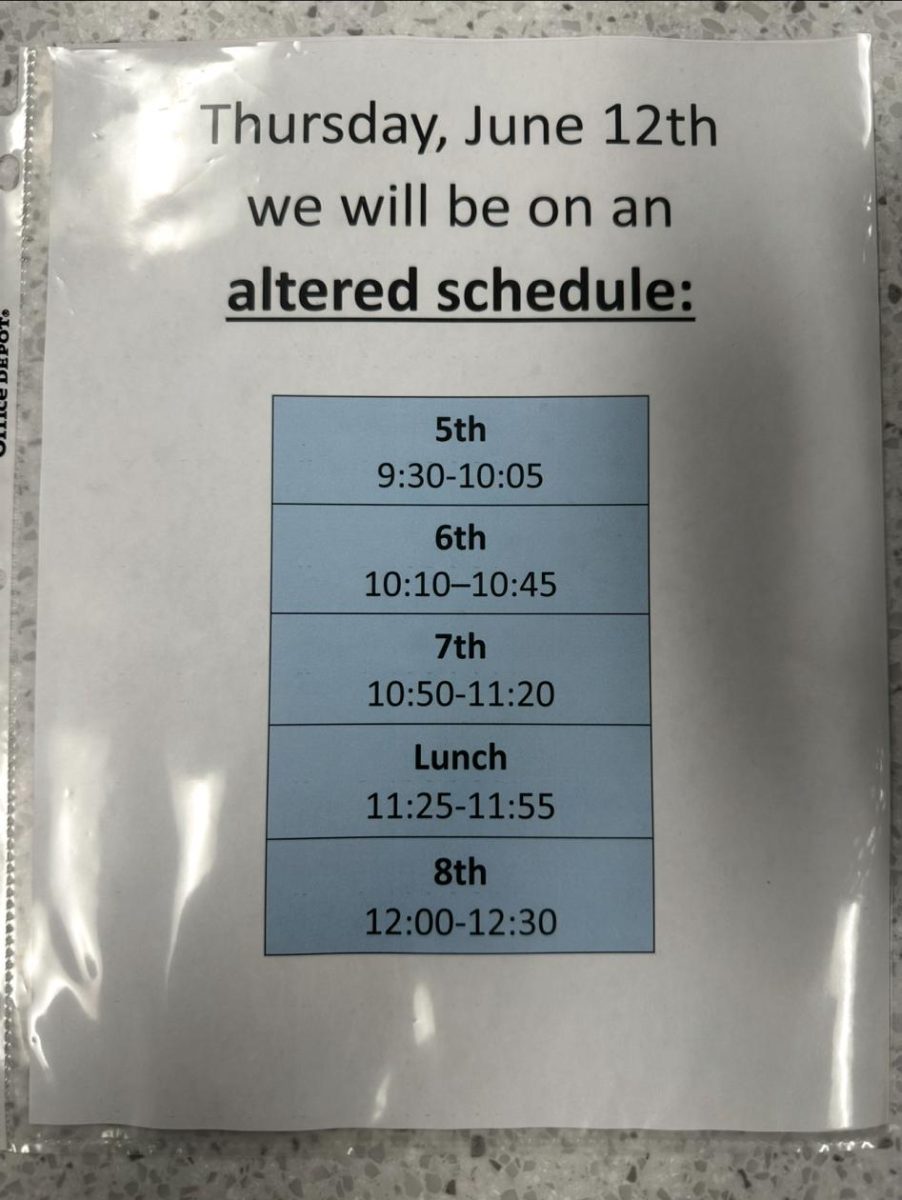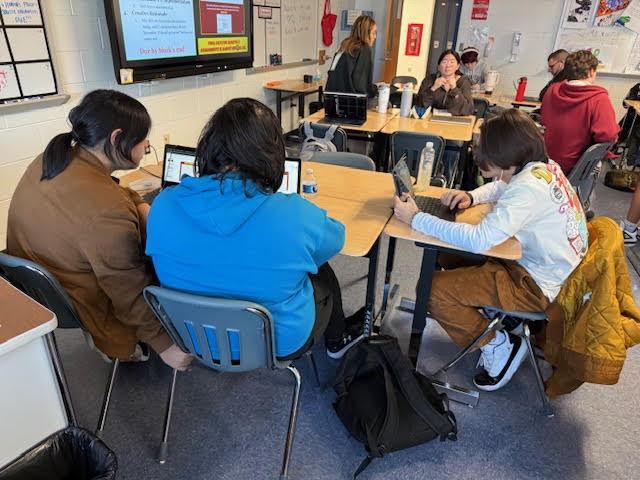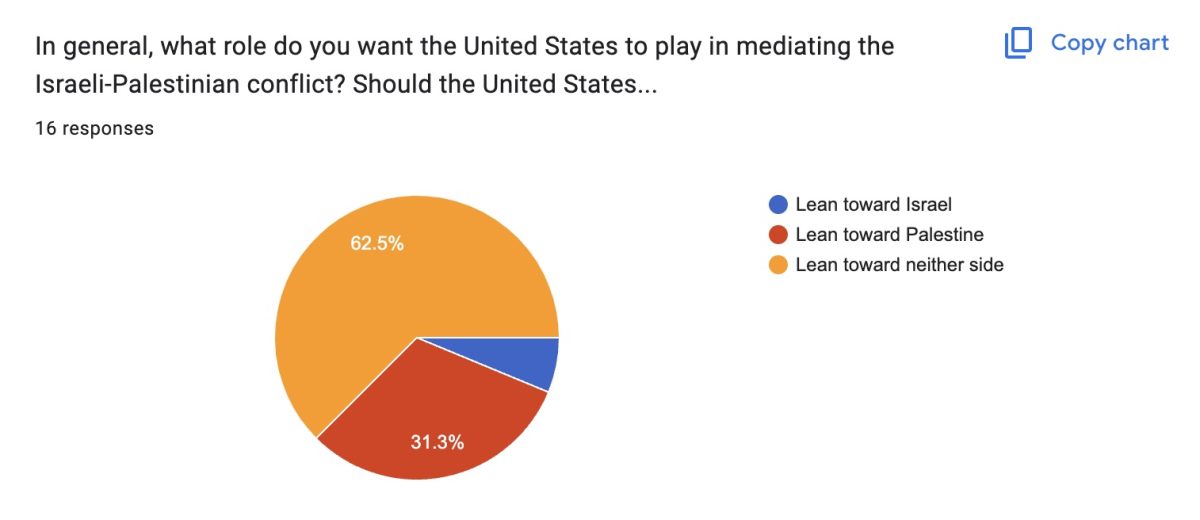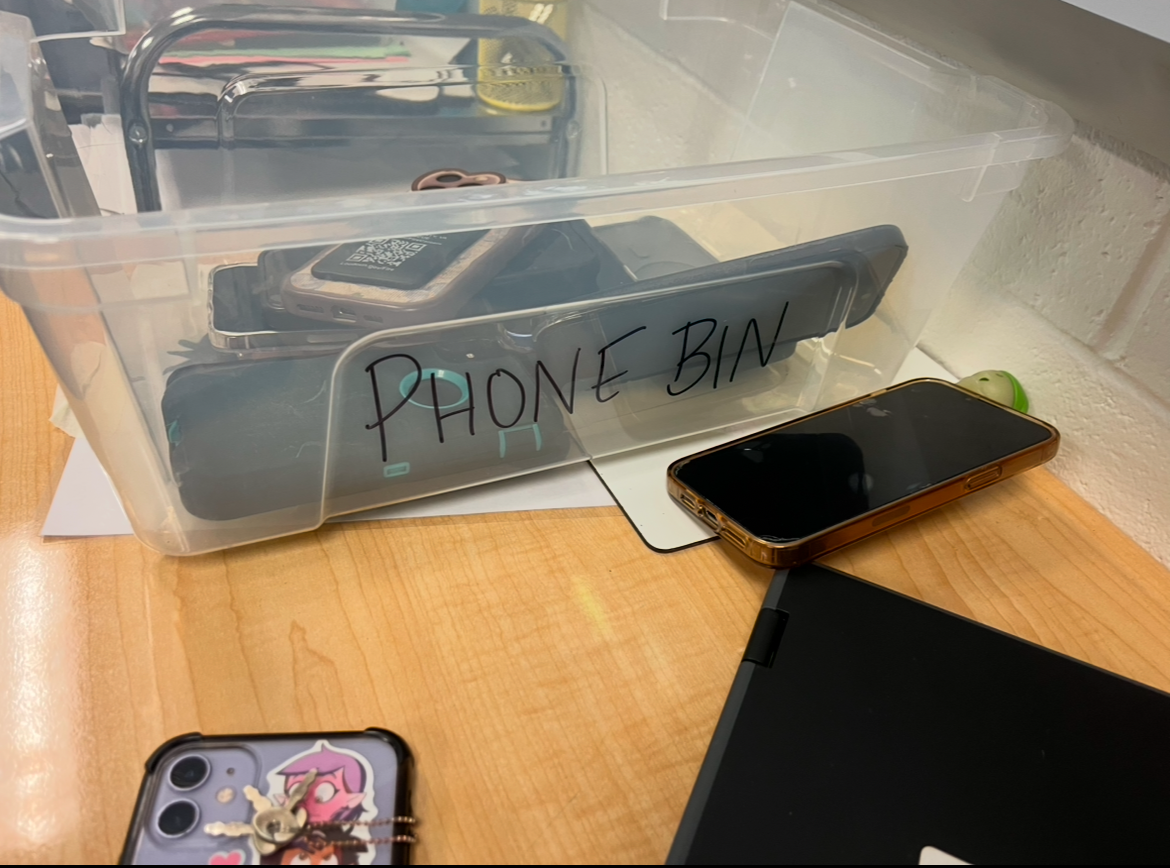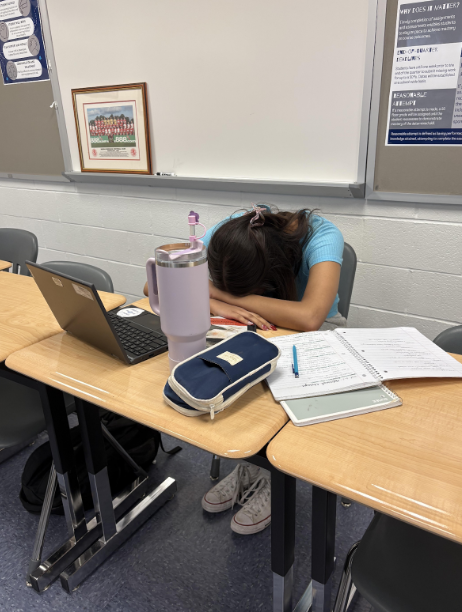As of March 20, President Donald Trump issued an executive order calling for the dismantling of the U.S. Department of Education (DOE). Congressional approval is required for the department to legally close.
“The Trump administration is taking a wrecking ball to public schools—inflicting damage on millions of students across the country in the process,” said the National Education Association, “to pay for tax handouts for billionaires”.
What does this order mean for America?
The order establishes a framework to significantly reduce the department’s size and authority at the federal level while eliminating federal support for programs that promote diversity, equity, and inclusion (DEI) and gender-related education efforts.
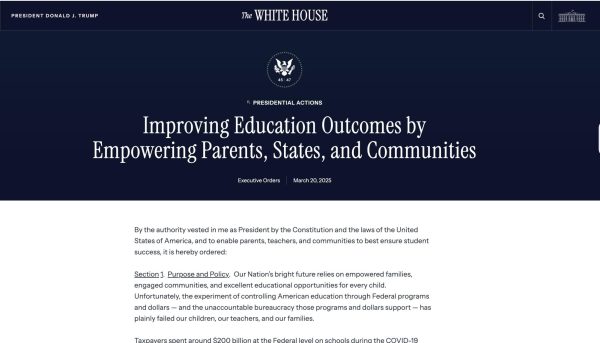
The Problem
The Trump Administration has failed to analyze the possible risks and complex implications the Executive Order will have on public schools, higher education institutions and services that require additional funding for students.
As Trump disrupts and destroys the federal government, he has attacked the department, calling it wasteful and responsible for spreading “woke” ideas. These ideas include programs that support diversity, equity and inclusion, as well as protections for transgender students.
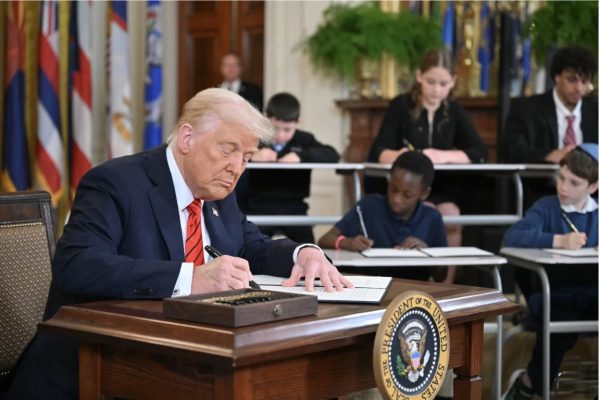
Public K-12 Schools
The Economic Policy Institute states that 90% of all U.S. students attend public schools from kindergarten through 12th grade, which receive funding from the Department of Education to help alleviate the need for resources between both state and local revenue. These resources are critical, as they help balance school funding, especially in districts with high poverty rates, which often receive less funding at the local level.
The Trump administration, however, claims that this order does not reduce funding for schools; instead, it returns authority to the states. This claim is questionable, as most finances distributed by the DOE already stream directly to states and local school systems.
The money that does not go to public education institutions is set aside to reduce inequality in district-level funding, as 51% is allocated to the third of districts with the most significant need (measured by district poverty), while a mere 18% is allocated to the third of districts with the lowest neighborhood poverty. The Department of Education must continue allocating these funds where necessary, rather than leaving it to states to ensure fair distribution for districts that need federal funds the most.
Higher Education Institutions
In an NPR interview, John B. King Jr., former Education Secretary under President Obama, told All Things Considered host Emily Kwong that rather than shrinking the department, the Trump administration should concentrate on forging solutions.
Everyone is worried about attacks on federal research which have helped built up the economy and make the United States “the envy of the world” because of how our innovate our economy is, “and so, the efforts to cut federal investments in the National Institutes of Health, to cut federal investments in the preparation of teachers, that’s very disturbing and undermines our work” John B. King Jr. said.
King also mentioned that people are very concerned about the federal student aid system and that the layoffs at the Education Department threaten to undermine that system.
Students with Disabilities & Require Additional Assistance
For students who require additional support and assistance from programs run by the Department of Education, this change poses a danger to their access to such resources.
Ninety percent of U.S. students and 95% of students with disabilities learn in our public schools. Shaun Heasley, the founder of Disability Scoop, a source for Developmental Disability News, reported that in the 2023-24 school year, about 7.9 million public school students ages 3 to 21 received special education or related services. This number represents 15% of all public school students in that age range, indicating a considerable demand for additional resources and funding.
By eviscerating the department, “it would mean less resources for our most vulnerable students, larger class sizes,” National Education Association President Becky Pringle said, “ along with fewer special education services for students with disabilities, and fewer civil rights protections.”
“I am very concerned about the ongoing cuts to the Department of Education and the attempts to dismantle it,” junior Danica Eklund said. “This poses a big threat to the rights of students with disabilities,” she said, “mostly those who rely on IEPs to access the support and services they need.
She mentioned that funding cuts create what is called a snowball effect. When schools lose funding, we can see increased class sizes, staffing shortages, and fewer protections for students. “This will make it harder for students with disabilities to access their education,” she said.
Without enough qualified staff, students face longer wait times for evaluations and delays in receiving services. For many, these delays can mean falling further behind academically and emotionally. This creates further problems for families outside of school. Families will be left seeking therapies and care privately, putting financial strain on families as well as missing work to get them the much-needed therapies. Many families will not have the means to do this, which creates even more of a problem.
“It’s unfair to the children who deserve an equitable education and to the teachers who are doing their best under already difficult conditions,” she said, “ and education should be free and equal for everyone.”

Overall Effects on Education
Suppose President Trump continues to act outside his authority to eliminate the department’s efforts and work. In that case, it is foreseeable that funding will be redirected to states to distribute to individual districts based on their determination. As a result, this will undermine the stability and certainty of the funding, which was previously extremely effective. Now, states will be competing for funding, or public money could be used to support private schools.


